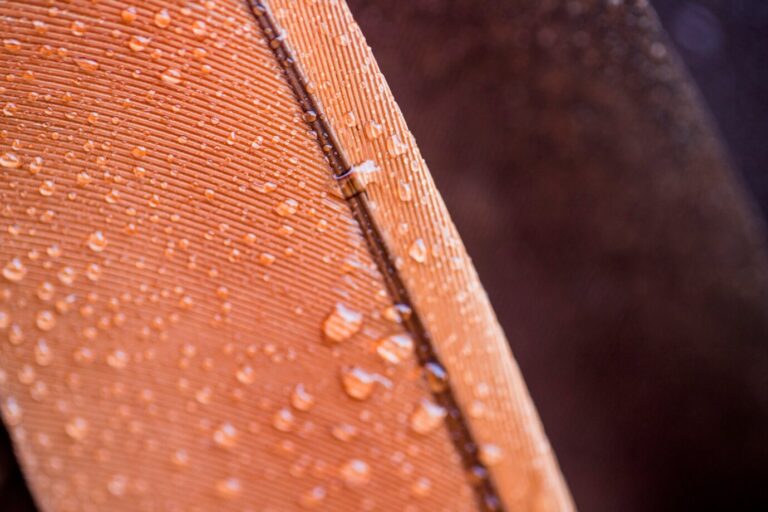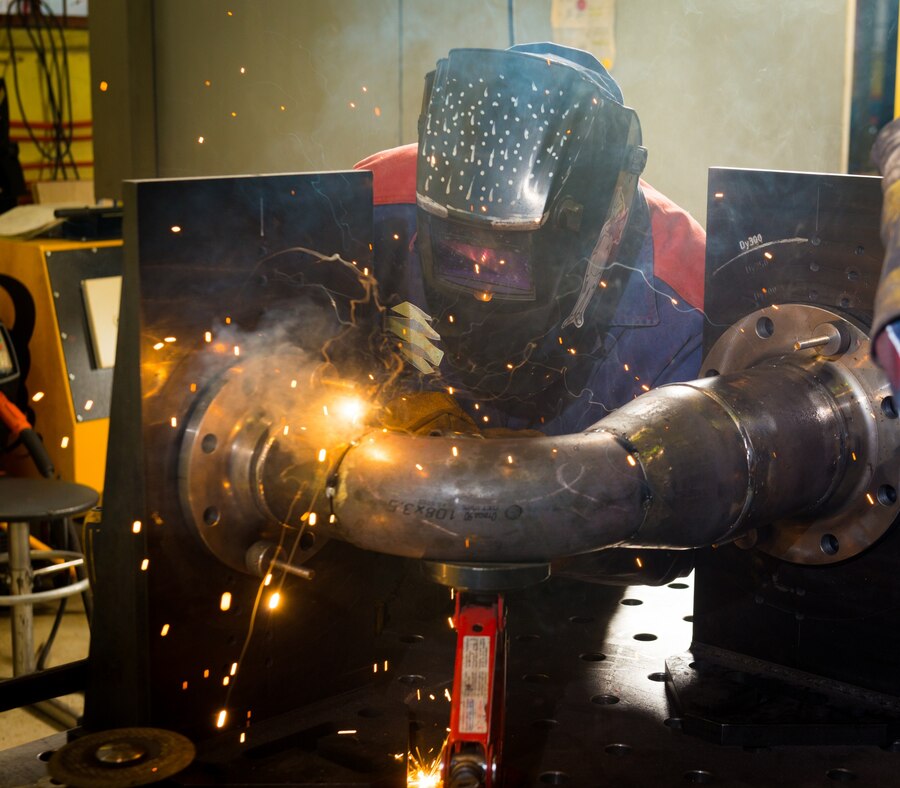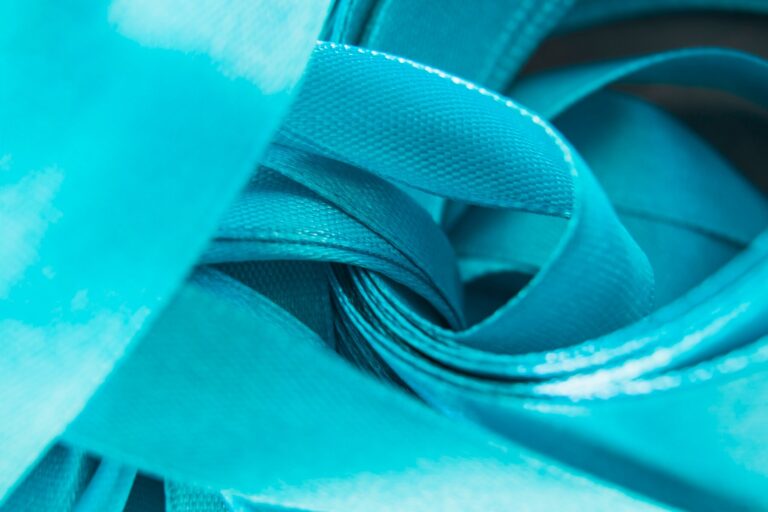When it comes to industrial workwear, durability isn’t just a bonus—it’s a necessity. From construction sites to factory floors, workers rely on high-performance clothing that can endure daily wear and tear while ensuring safety, comfort, and compliance. While fabrics and reflective materials often steal the spotlight, one unsung hero holds it all together: stitching.
In this blog post, we’ll dive deep into the advanced stitching techniques used in industrial workwear, the types of fabrics involved, and how these elements come together—especially when incorporating reflective tapes—to create gear that protects, lasts, and performs.
Why Stitching is the Backbone of Industrial Workwear
Stitching is far more than a construction detail. It defines the garment’s structural strength, flexibility, and safety performance. A poorly stitched seam can compromise the integrity of the entire outfit—leading to rips, frays, or even dislodged reflective elements.
High-quality stitching is essential not only for assembling panels and features but also for securely attaching reflective tapes—a key safety feature in low-light or high-risk environments. Whether it’s flame-resistant coveralls or waterproof high-vis jackets, strong stitching ensures the garments stay intact under stress.
Lockstitch: The Foundation of Strength and Stability
Lockstitch is the most commonly used stitching type in industrial workwear—and for good reason. It provides a clean, flat finish and strong seam hold, making it ideal for both structural seams and safety elements like reflective tapes.
Where it’s used:
- Side seams, shoulder seams, and sleeve joints
- Attaching reflective tapes to woven fabrics like canvas or polyester blends
Fabrics suited for lockstitch:
- Cotton-polyester blends
- Flame-resistant modacrylic fabrics
- Ripstop nylon
Lockstitching is usually applied using high-speed industrial machines that ensure even tension and accurate placement, especially when aligning reflective tapes with visibility zones.
Chainstitch: Flexibility in Motion-Heavy Zones
Chainstitching is prized for its elasticity and ability to withstand strain in high-movement areas such as elbows, knees, or the back yoke. Unlike lockstitch, it forms a looped chain on the underside, allowing more give.
Where it’s used:
- Underarms, knees, or garment backs
- Seam reinforcement where movement is constant
Fabrics paired with chainstitching:
- Stretch cotton or spandex-blend workwear
- Flex panels in modern industrial uniforms
While not ideal for directly attaching reflective tapes, chainstitching is often used to reinforce areas around the tapes, preventing tearing and ensuring long-term wear.
Overlock Stitch: Clean Finishing and Edge Durability
Overlock stitching, also known as serging, wraps thread around the fabric edge to prevent fraying. It’s essential for cut panels and is often combined with other stitching types for maximum strength.
Where it’s used:
- Pant hems, shirt cuffs, and fabric edges
- Finishing seams near reflective tape borders
Best fabric matches:
- Lightweight polyester
- Breathable cotton blends
Overlock stitching helps extend the life of the garment by keeping edges intact, especially after multiple washes or abrasion. When used near reflective tapes at sleeves or hems, it maintains structural integrity without adding bulk.
4. Coverstitch: Stretch and Style Combined
Coverstitching is commonly found in areas that require both durability and stretch—like waistbands or sleeve cuffs. It lays flat on both sides of the fabric, creating a professional finish.
Where it’s used:
- Hems, collars, cuffs, and elastic waistbands
- Stretch garments that may include minor reflective trims
Compatible fabrics:
- Knit fabrics
- Performance polyester blends
Though not the primary method for applying reflective tapes, coverstitching plays a key support role by maintaining the garment’s shape around high-mobility areas that may border reflective panels.
5. Flatlock Stitch: Seamless Comfort in Base Layers
Flatlock stitching creates a smooth, bulk-free seam that’s ideal for garments worn close to the skin. It’s especially useful in compression and thermal base layers used under outer high-visibility workwear.
Where it’s used:
- Base layers, undershirts, or thermal tops
- Seam areas prone to friction or chafing
Ideal fabrics:
- Spandex blends
- Moisture-wicking synthetics
Although reflective tapes are typically sewn onto outer garments, flatlock stitching ensures the inner layers do not irritate the wearer, which is essential for all-day comfort in layered work environments.
6. Reflective Tape Attachment: Precision Meets Performance
Reflective tapes must be stitched with care to preserve their visibility and prevent peeling or detachment. This often involves lockstitch for the main attachment and bar tack or reinforced stitching at high-stress points.
Key considerations:
- Tape type (micro-prismatic or glass bead)
- Fabric compatibility and surface texture
- Stitching density and thread strength
For heavy-duty garments like rainwear or welding jackets, tapes are stitched onto coated polyester or flame-resistant fabrics using machines designed to avoid puckering and thread breaks.
7. Advanced Machinery for Accurate, Automated Stitching
Modern workwear production relies on automated machines for faster, more precise stitching. These machines can perform multiple techniques (lockstitch, coverstitch, bar tack) with programmable patterns and pressure settings.
Benefits of automation:
- Consistency in tape placement
- Stronger seam construction
- Less human error
Machines also improve efficiency, helping manufacturers meet safety compliance standards without sacrificing speed or quality.
8. Choosing the Right Stitching for Each Fabric
Different fabrics demand different stitching approaches. For instance, denim or canvas requires reinforced lockstitch with thicker thread, while knit fabrics call for flexible stitching like coverstitch or flatlock.
Stitching-fabric combinations:
- Lockstitch + Canvas = Maximum strength
- Overlock + Cotton blend = Clean edges
- Chainstitch + Stretch fabric = Flexibility in motion zones
When attaching reflective tapes, the right stitching method also ensures the fabric won’t tear, bunch, or lose shape over time.
9. Sustainable Stitching for Long-Lasting Workwear
With increasing demand for sustainable fashion—even in industrial clothing—stitching plays a key role. Durable seams and long-lasting reflective tape attachment reduce waste and increase garment lifespan.
Eco-friendly strategies:
- Use of recyclable or organic fabrics
- Strong stitching to reduce repair or replacement
- Energy-efficient automated machines
Stitching isn’t just about assembly anymore—it’s about responsibility.
Final Thoughts
Advanced stitching techniques are at the heart of what makes industrial workwear functional, safe, and reliable. From attaching reflective tapes to reinforcing high-stress areas, the right combination of stitches and fabrics ensures that workwear does its job—so workers can do theirs.
Whether you’re designing high-visibility jackets, flame-resistant coveralls, or stretch-enhanced uniforms, understanding the role of stitching will help you create garments that stand the test of time—and the toughest job sites. Industrial workwear stitching techniques, reflective tape attachment, lockstitch vs chainstitch, best fabrics for workwear, durable workwear design, high-visibility clothing seams, automated sewing machines workwear, overlock stitch industrial uniform, how to attach reflective tape, stitching for safety garments are important.






